As for gender equality, many delegates mentioned it (some delegates spoke about economic and social issues; others spoke about a rather in-depth topic). Although opinions may differ, in Vietnam, gender equality has made remarkable progress compared to many countries in the world.
A few lines about the history of gender equality
The world in general, it was not until December 18, 1979 that the United Nations General Assembly reached a consensus to promulgate the Convention on the Elimination of All Forms of Discrimination against Women (abbreviated in English as CEDAW) which was considered a law and came into effect on September 5, 1981. The Convention has 30 articles, divided into 6 parts, some parts are highlighted:
Articles 7 to 9 stipulate women's rights in life and emphasize women's political life;
Articles 10 to 14 describe women's economic and social rights, focusing in particular on education, employment and health; special measures to protect rural women and address problems faced by rural women;
Articles 15 to 16 stipulate women's equal rights in marriage and family life along with equality before the law...
To date, 189 countries have signed the Convention, of which Vietnam is one of the first 35 signatory countries.
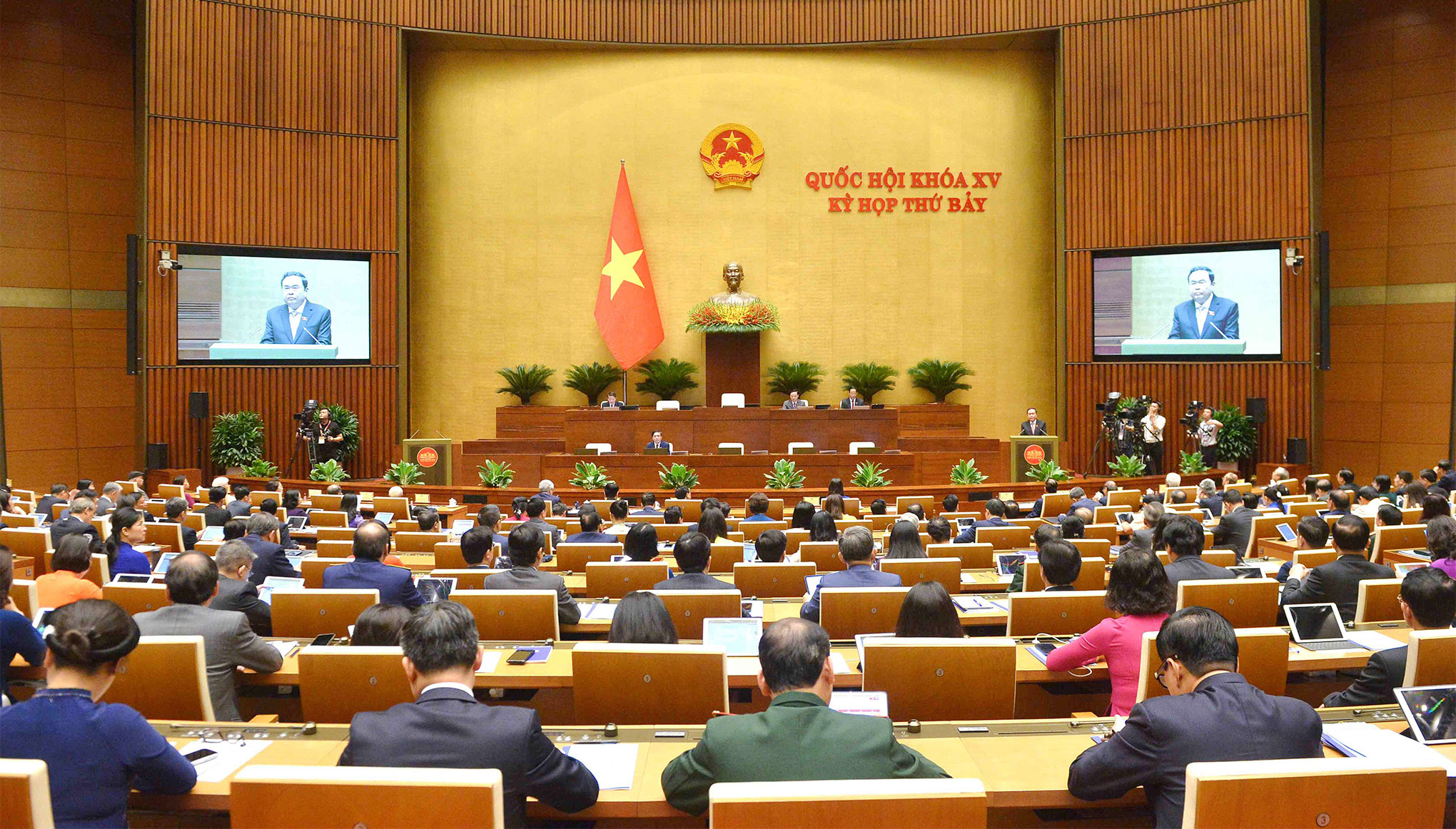
In Vietnam, the right to equality between men and women has been clearly recognized since the first Constitution in 1946, especially Article 9 which affirmed that "Women are equal to men in all aspects". Thus, the right to equality between men and women in Vietnam was legalized 34 years before CEDAW. Based on the 1992 Constitution (amended and supplemented on December 25, 2001), the 11th National Assembly developed and promulgated the Law on Gender Equality No. 73/2006/QH11 on November 29, 2006, which internalized the provisions of CEDAW in accordance with Vietnam's conditions. Next, the right to equality between men and women was further expressed in the 2013 Constitution, which is to ensure substantive equality, completely eliminate all forms of discrimination against women; continue to recognize the right to equality before the law of men and women (Clause 1, Article 16); equality in marriage and divorce (Clause 1, Article 35); the role of the State, society and family in protecting women and children (Clause 2, Article 26 and Clause 2, Article 36); non-discrimination between men and women (Clause 2, Article 16). This article specifically stipulates that “No one shall be discriminated against in political, civil, economic, cultural or social life”)...
Vietnam's gender equality achievements
From the Government's report and the delegates' discussions and the official information that has been published, we can review some of the main achievements that have been made. First of all, in terms of leadership and direction, our Party and State have always paid attention to promoting gender equality, protecting women's rights and enhancing the role of women in all aspects of political, economic and social life. Vietnam's gender equality strategy is reflected in many policies and guidelines of the Party and State. From here, gender equality has achieved remarkable achievements. Let's review some of the most "current" goals of gender equality.
On the goal of women participating in politics
This is a particularly important goal, when talking about gender equality, we must talk about women's participation in politics. But to evaluate this goal, we must consider the whole period with a relatively long time. After 10 years of implementing the Gender Equality Strategy according to the National Target Program on Gender Equality for the period 2011-2020, in terms of the rate of women participating in elected bodies, Vietnam ranked 60th in the world, ranked 4th in Asia and ranked first in the Inter-Parliamentary Union Council of the Association of Southeast Asian Nations; In terms of political participation and management, Vietnam ranked 3rd in the ASEAN region and ranked 47th out of 187 countries in the world participating in the ranking.
The initial implementation of the National Strategy on Gender Equality for the 2021-2030 period shows that the proportion of leaders and managers in Party and State agencies is increasingly improving in both quantity and quality. In the 13th Party Central Committee, there are 19 female comrades, accounting for 9.5% of the total number of Central Committee members. The 15th National Assembly has a rate of 30.26% of female delegates (the highest since the 6th Term - the National Assembly of the whole country to date). The proportion of ministries and ministerial-level agencies with key leaders (Ministers, Deputy Ministers and equivalent) participating in leadership and management of the agency is 50%.
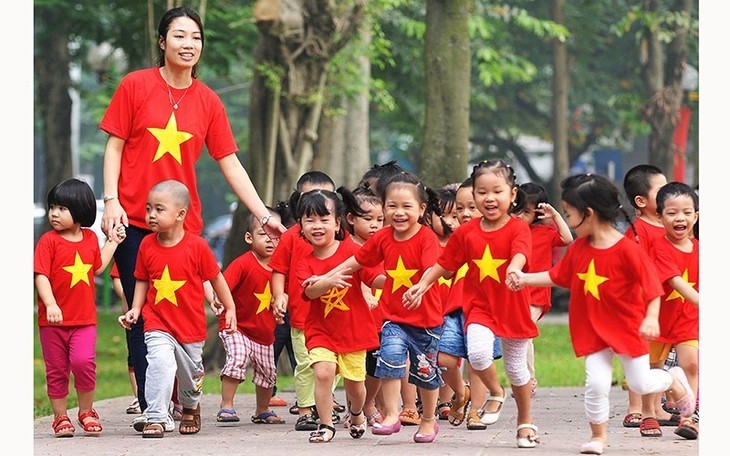
The Provincial Party Executive Committee has 16% female members; the Provincial People's Council has 29% female delegates. 47/63 provinces and centrally-run cities have female key leaders (including Chairmen and Vice Chairmen of the Provincial People's Council and Provincial People's Committee), accounting for 74.6%.
According to statistics of provinces and centrally-run cities on key leaders at the district level: there are 12 provinces and cities at the district level with female key leaders reaching 60% or more; there are 11 provinces and cities at the district level with female key leaders reaching from 50% to less than 60%.
Regarding key female leaders at the commune level: There are 10 provinces and cities at the commune level with female key leaders reaching 60% or more and 8 provinces and cities reaching from 50% to less than 60%...
The above figures show that, compared to the target of 60% of state management agencies and authorities at all levels having female key leaders by 2025, this target has almost been exceeded by the end of 2023.
On economic goals, labor - employment
This goal has three specific targets:
Target 1 is to increase the proportion of female wage workers to 50% by 2025: By the end of 2023, out of a total of 23.98 million wage workers, the number of female workers is 12.21 million, accounting for 50.9%. This means that this target will be reached 2 years early.
Target 2 is to reduce the proportion of female workers in the agricultural sector to below 30% of the total number of employed female workers by 2025: Currently, there are nearly 24 million employed female workers, of which female workers in the agricultural, forestry and fishery sectors account for nearly 6.29 million people, accounting for more than 26.2%. This indicator shows that the shift of female workers from agriculture to non-agricultural occupations is taking place relatively quickly.
Target 3 is the rate of female directors and business owners reaching at least 27% by 2025: This target is announced every 5 years based on the results of the Economic Census. In 2020, the rate of female directors and business owners reached 28.2%, meaning that the strategic target by 2025 has been achieved.
About education and training goals
This goal has 4 targets.
Target 1 is to include gender and gender equality content in the curriculum of the national education system and officially taught in teacher training colleges from 2025 onwards: To implement this target, the Ministry of Education and Training issued Decision No. 4247/QD-BGDDT, dated December 12, 2023 approving the Project with the following contents: Assessing the current status of including gender and gender equality content in the official curriculum at teacher training institutions according to the requirements of implementing the goals of the National Strategy on Gender Equality for the period 2021-2030. And proposing solutions to include gender and gender equality content in the official curriculum at teacher training institutions from 2025.
The issuance and implementation of this Project shows that the Government directs the Ministry of Education and Training to be determined to successfully implement the goals of the Gender Equality Strategy (education and training section) set out from 2025 onwards.
Target 2 is the rate of ethnic minority children (both boys and girls) completing primary education by 2025 reaching 90%, the rate of completing lower secondary education reaching 85%: The report of the Ministry of Education and Training shows that in the 2021-2022 school year, the rate of ethnic minority boys completing primary education reached 98%, in the 2022-2023 school year it was 96%. The rate of students completing secondary education in the 2021-2022 school year was 89%, in the 2022-2023 school year it was 90%. In general, by the end of the 2022-2023 school year, this target has been achieved and exceeded the plan set for 2025.
Target 3 is the rate of newly recruited female students in the vocational education system reaching over 30% by 2025: According to data from the Ministry of Labor, War Invalids and Social Affairs, in 2023, about 500,000 rural women will receive vocational training, accounting for 45.4% of the total number of rural workers receiving vocational training. In 21 provinces and centrally run cities, the number of female students enrolled in the vocational school system is about 127,370 students, reaching 41%. The above figures show that this target has also exceeded the plan set for 2025.
Target 4 is that from 2025 onwards, the proportion of female Masters in the total number of people with Master's degrees will reach no less than 50%, the proportion of female PhDs in the total number of people with Doctorate degrees will reach 30%: This target is compiled every 5 years according to the results of the Population and Housing Census (both term and mid-term). According to 2019 data, female Masters reached 44.2%, female PhDs reached 28%. With the trend of women participating in higher education increasingly, the possibility of this target being achieved and exceeded by 2025 is completely realistic...
The issue of gender equality - equality between men and women, equality belongs to the category of human rights. This is an extremely important revolutionary content, so our Party has recognized it early, from afar and included it in the 5th point of the 10-point policy of the National Congress Resolution of Tan Trao with the content " Equality of nations , equality between men and women ". And over the past 80 years, our Party and State have continuously led, guided, trained, and strongly promoted the important role of women in each revolutionary stage. Promoting the achieved results, with new, specific, and practical solutions, we will certainly continue to implement the National Strategy on Gender Equality for the 2021-2030 period to achieve the planned strategic goals.
Source: https://daibieunhandan.vn/dien-dan-quoc-hoi-va-cu-tri/viet-nam-voi-van-de-binh-dang-gioi-i375610/


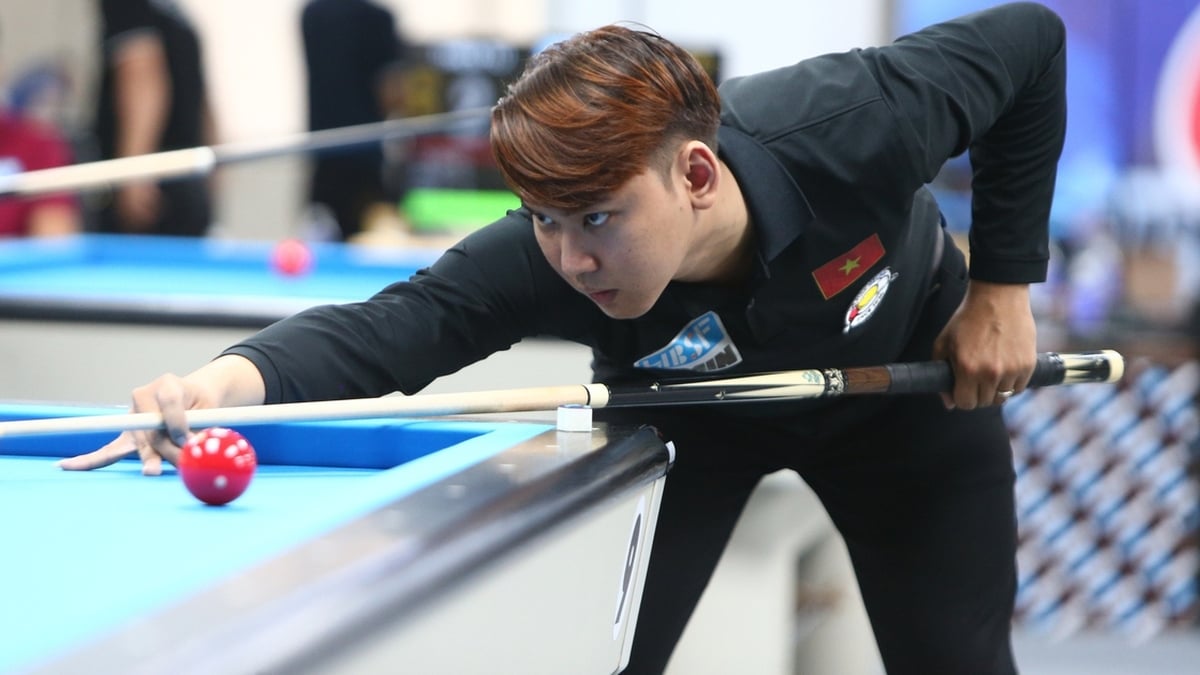


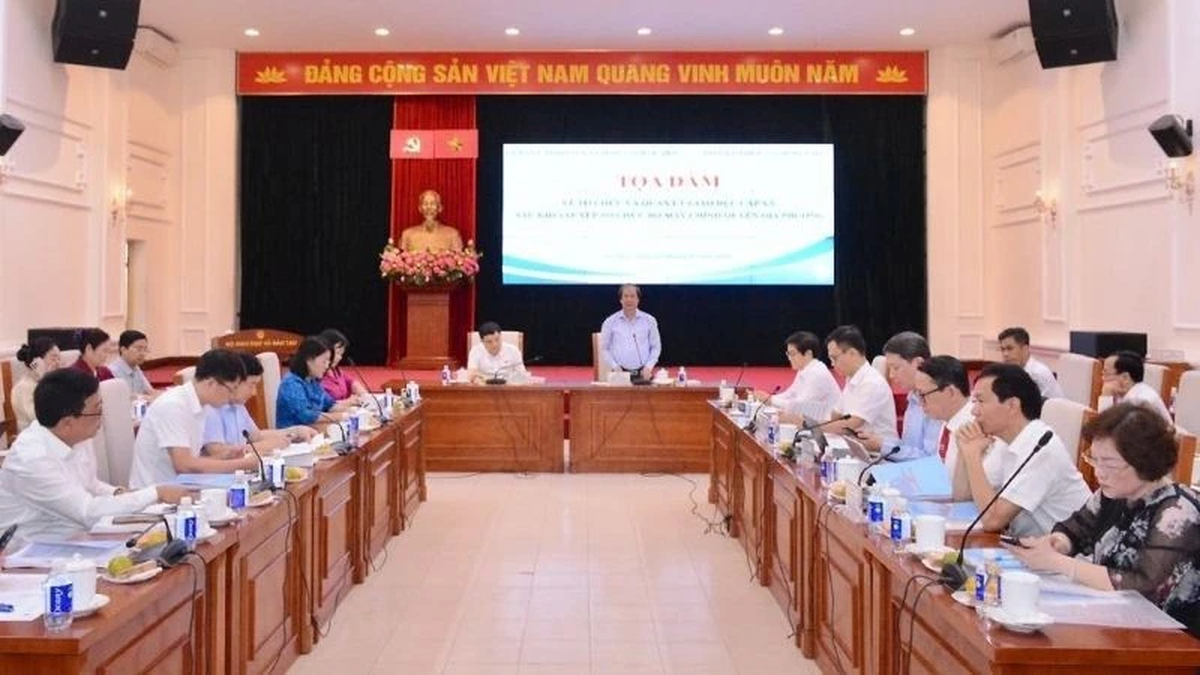




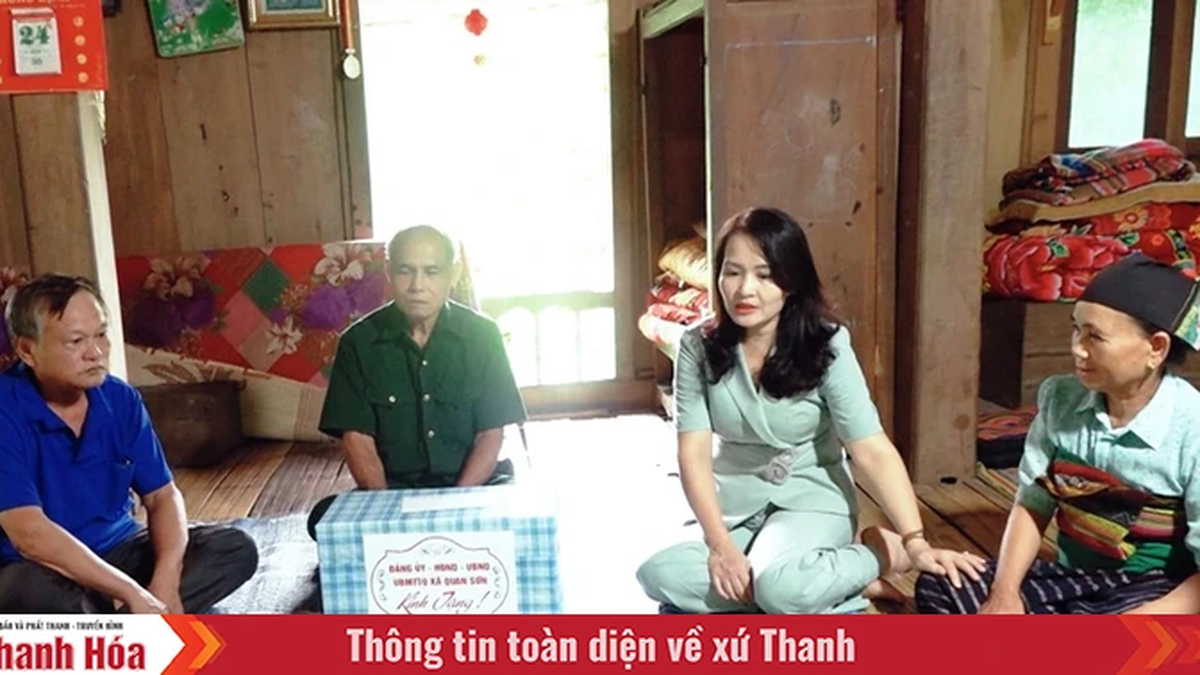
























































































Comment (0)